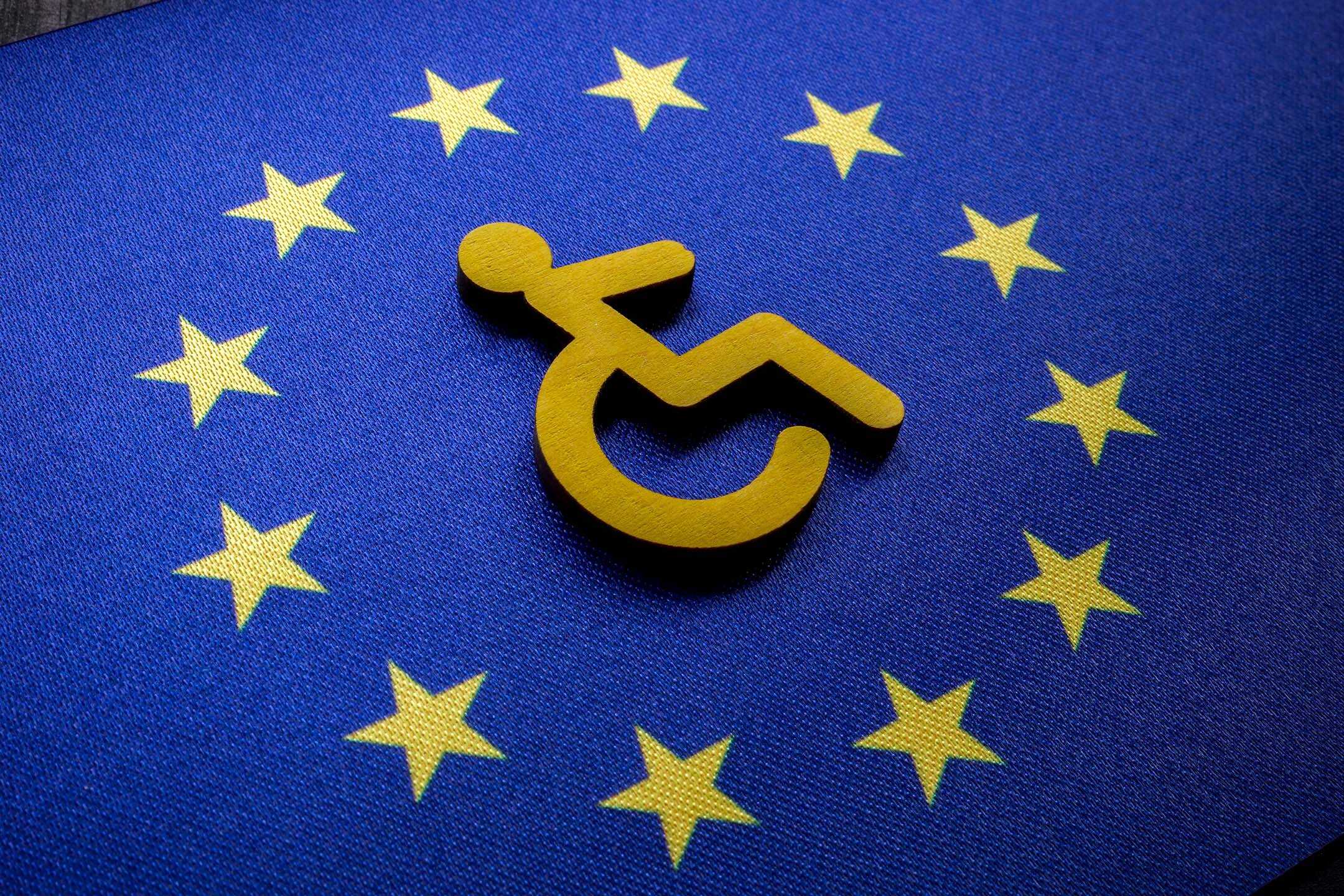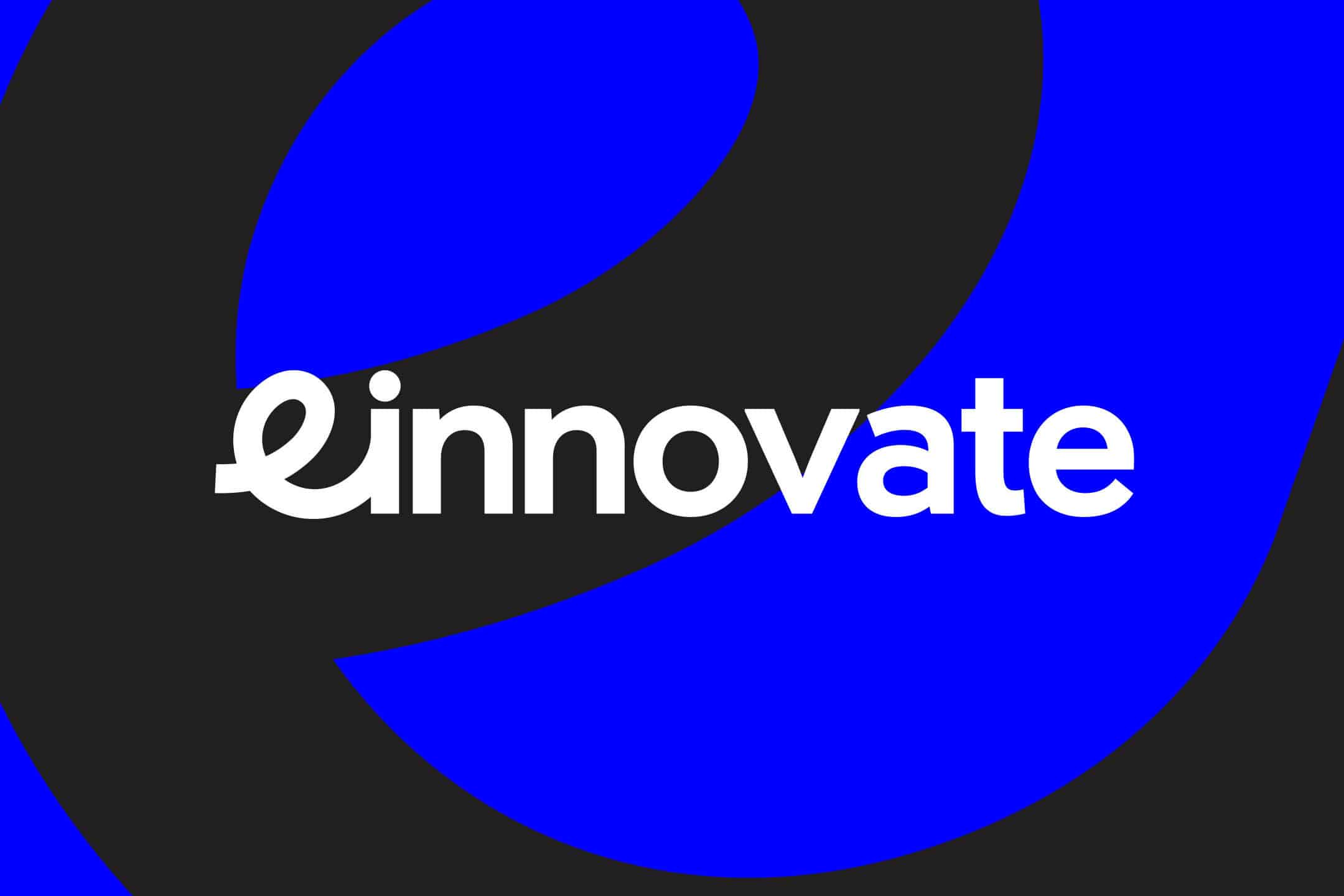Google Consent Mode v2 is a vital update for website owners and marketers, focusing on enhanced privacy controls and data accuracy. As privacy regulations become stricter, Consent Mode v2 helps websites comply by respecting user consent choices while ensuring accurate data collection. This update allows for a balance between user privacy and the need for insightful analytics, making it essential for businesses to understand and implement.
What is Google Consent Mode?
Google Consent Mode is a framework designed to help websites comply with privacy regulations by managing user consent for data collection. It allows websites to adjust the behaviour of Google tags based on the consent status of users. When users consent to tracking, all Google tags function normally, collecting data as intended. If users decline, Consent Mode ensures that no personal data is collected, while still providing essential analytics and conversion insights through anonymised data. This balance helps maintain data accuracy and respect user privacy preferences.

Introduction to Google Consent Mode v2
Google Consent Mode v2 introduces several new features and improvements over the original version, focusing on enhanced privacy controls and data accuracy. One of the key upgrades is the ability to collect more granular consent signals, allowing for better compliance with diverse privacy regulations across different regions. Additionally, Consent Mode v2 offers improved flexibility in managing tags and tracking settings based on user consent, ensuring minimal data loss while respecting privacy preferences. These enhancements make it easier for website owners to maintain accurate analytics and optimise marketing efforts without compromising user trust.
Key Benefits of Google Consent Mode v2
Google Consent Mode v2 provides significant advantages for both users and website owners by enhancing privacy controls and data accuracy. For users, it ensures that their privacy preferences are respected, fostering greater trust and transparency. Website owners benefit from more precise data collection, even when full consent isn’t granted, through the use of anonymised and aggregated data. This allows for the continued functionality of essential analytics and conversion tracking, enabling better decision-making and optimisation of marketing strategies. The improved flexibility in managing tracking settings based on consent helps maintain accurate insights while upholding user privacy.
Enhanced Privacy Controls
Google Consent Mode v2 enhances privacy control features, aligning better with global privacy regulations. It allows websites to manage consent for different types of data collection, ensuring user preferences are respected. This version provides more granular control, enabling websites to tailor their data collection practices based on specific user consent. Enhanced privacy controls protect personal data while still allowing websites to gather necessary insights through anonymised data, maintaining a balance between privacy and functionality.
Improved Data Accuracy
Google Consent Mode v2 significantly improves data accuracy by ensuring that even with partial user consent, essential analytics data can still be collected. This is achieved through anonymised and aggregated data, which provides valuable insights without compromising user privacy. The enhanced flexibility in managing consent settings allows for more reliable and precise data, aiding in better analysis and decision-making for website optimisation and marketing strategies.

How to Implement Google Consent Mode v2
Implementing Google Consent Mode v2 on your website ensures compliance with privacy regulations while maintaining data accuracy. Here’s a step-by-step guide to get you started.
Preparation & Requirements
Before implementation, ensure you have:
- A Google Tag Manager account
- Access to your website’s codebase
- Knowledge of the specific consent regulations applicable to your region
- A clear understanding of your website’s data collection practices
- Consent management platform (CMP) integration for managing user consent preferences
Installation Steps
Set Up in Google Tag Manager:
- Create a new tag in Google Tag Manager for Consent Mode.
- Configure the tag with your desired consent settings.
Integrate with CMP:
- Ensure your CMP is set up to communicate consent states to Google tags.
- Update your CMP to include Google Consent Mode configurations.
- Our recommended CMP is Cookiebot.
Modify Website Code:
- Insert the Consent Mode script into the header of your website.
- Adjust existing Google tags to respect the consent state.
Configure Tags:
- Update Google Analytics and other tags to adapt to the consent status.
Testing & Verification
After implementation, test the setup by simulating different consent scenarios to ensure tags behave correctly based on user consent. Use tools like Google Tag Assistant to verify proper configuration and data accuracy.

Best Practices for Using Google Consent Mode v2
To maximise the benefits of Google Consent Mode v2, follow these best practices:
Clear Consent Management
Use a robust Consent Management Platform (CMP) to ensure clear and compliant consent collection.
Display user-friendly consent prompts that clearly explain data collection practices.
Regular Audits
Regularly audit your website’s data collection processes and consent management settings.
Ensure all tags and scripts respect user consent choices to maintain compliance and data accuracy.
Granular Consent
Implement granular consent options allowing users to consent to different types of data collection separately.
Customise consent prompts to reflect these options, providing transparency and choice.
Testing and Monitoring
Continuously test and monitor your Consent Mode implementation.
Use tools like Google Tag Assistant to ensure all tags function correctly based on user consent.
Stay Updated
Keep abreast of changes in privacy regulations and Google’s guidelines.
Update your Consent Mode settings and privacy policies accordingly to ensure ongoing compliance.
By following these best practices, you can effectively leverage Google Consent Mode v2 to enhance privacy controls, maintain data accuracy, and build trust with your users.

Common Challenges and How to Overcome Them
Implementing Google Consent Mode v2 can come with several challenges. Here’s how to tackle the most common issues:
Integration with CMP
Challenge: Ensuring seamless integration with your Consent Management Platform.
Solution: Choose a CMP that supports Google Consent Mode v2 and follow integration guides closely. Test the integration thoroughly to confirm it works correctly.
Data Accuracy
Challenge: Maintaining data accuracy when consent is not granted.
Solution: Use anonymised and aggregated data to ensure analytics remain useful. Regularly audit data collection processes to verify accuracy.
Compliance with Regulations
Challenge: Keeping up with changing privacy regulations.
Solution: Stay informed about legal updates and adjust your consent prompts and data collection practices accordingly. Engage legal experts if necessary.
User Experience
Challenge: Designing consent prompts that don’t disrupt the user experience.
Solution: Create clear, concise, and non-intrusive consent messages. Ensure they are easy to understand and give users straightforward options.
Technical Issues
Challenge: Resolving technical issues during implementation.
Solution: Utilise resources like Google Tag Assistant and developer documentation. If issues persist, seek support from Google or professional developers.
By addressing these challenges proactively, you can ensure a smooth and effective implementation of Google Consent Mode v2.

Our Thoughts on Consent Mode v2
Implementing Google Consent Mode v2 comes with its own set of challenges and benefits. Here’s our take on the new update:
Complexity and Implementation Issues: One major criticism of Google Consent Mode v2 is its complexity. Many guides are semi-informative and left us very puzzled at the start, resulting in a significant learning curve to understand and correctly implement the new features. The implementation process can be daunting, requiring thorough understanding and technical proficiency.
Impact on Marketing Efficiency: Google Consent Mode v2 mandates at least a basic implementation to avoid suspension of activities, particularly for tracking users in the European Economic Area (EEA). This requirement has raised concerns about potential negative impacts on marketing campaigns, especially regarding data loss and the effectiveness of remarketing and audience insights.
Positive Benefits and Possible Solutions: On the positive side, users gain more control over their privacy. However, in a digital age, such rigorous procedures may be unsustainable for small businesses. A practical solution could be implementing rules that require organisations of a certain size to adhere to these standards, while exempting smaller businesses, similar to Canada’s approach to accessibility standards on websites. This balance could help maintain privacy controls without overburdening small enterprises.
Summarising Consent Mode v2
Google Consent Mode v2 represents a significant step forward in balancing privacy controls with data accuracy. While the implementation process can be complex and pose challenges for marketers and web developers, the benefits of enhanced privacy and reliable data collection are undeniable. By adhering to best practices and addressing common challenges, website owners can effectively navigate these changes and maintain compliance. It is essential to stay informed and adapt to these updates, ensuring that both user privacy and marketing efficiency are preserved. Embracing these advancements will help build trust and foster better user experiences.
Ensure your website is fully compliant with Google Consent Mode v2 and maintain accurate data collection while respecting user privacy. Contact us today for a comprehensive website audit and implementation assistance. Stay ahead of the curve and build trust with your users by prioritising privacy and data integrity.




